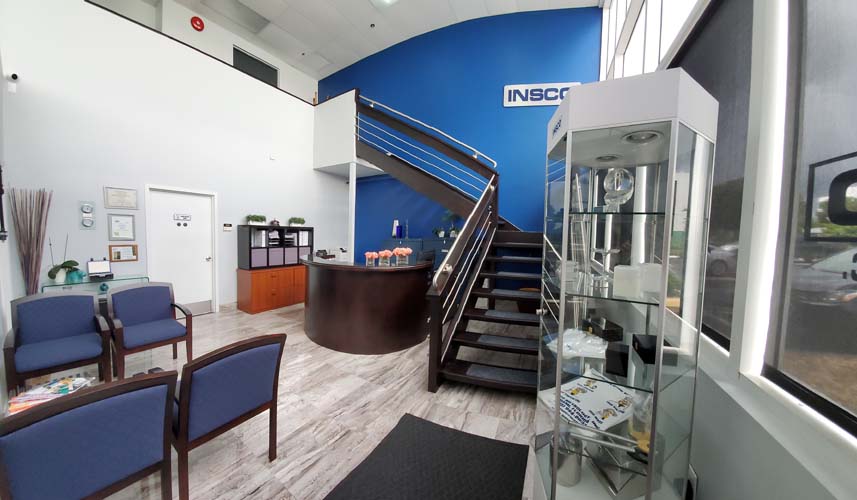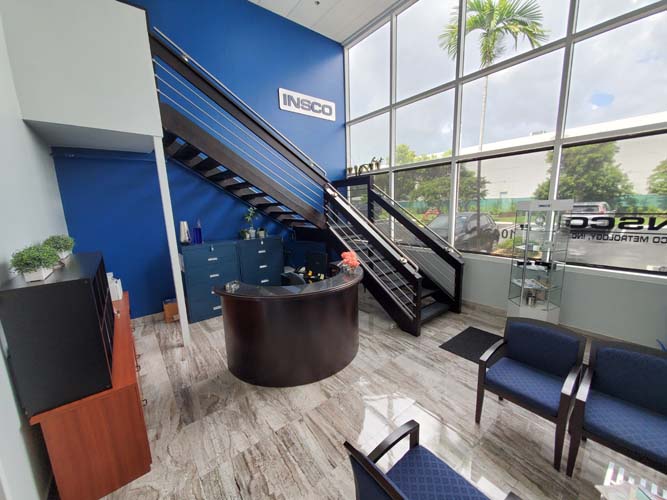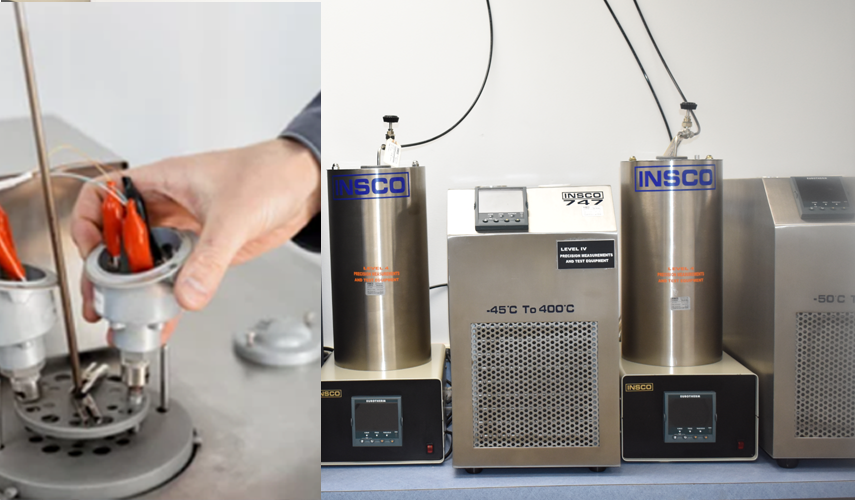What is an Analytical Balance?
An analytical balance is a kind of balance used mainly for measuring small masses. This type of balance is one of the most widely used measuring instruments in the laboratory and on which all analytical results depend.
What is balance calibration and why should I perform it?
The calibration of balances or scales is essential to achieve accurate weighing results. If this important maintenance activity were ignored, the measurements would become a process of speculation.
How an analytical balance works in the laboratory.
This type of specialized equipment has a measuring plate that is inside a sealed transparent box, which prevents the measurement from being affected by air currents or the accumulation of particles that are suspended in the environment.
How often should I calibrate my scale and what are the risks of not doing it?
The calibration certificate reports the results at the time the calibration was performed. In many cases, the person responsible assumes that the validity of such a calibration is one year. However, this may lead to the erroneous conclusion that a one-year calibration interval is sufficient.
Ideally, calibration intervals should be defined following a risk-based methodology, that is, what are the chances that something will go wrong and what negative impact would it have? If the answer is high probability and negative impact, then it would be considered a high risk requiring a shorter calibration interval. Conversely, a low probability and negative impact would be considered a low risk that would allow the calibration intervals to be widened.
APPLICATIONS OR USES OF AN ANALYTICAL BALANCE
Analytical balances, also called laboratory balances, allow the quantitative analysis of a sample. Some applications of an electronic analytical balance are:
- Preparation of sample
- Standards preparation
- Formulation
- differential weight
- density determination
- Interval Weighing
- Routine pipet testing







